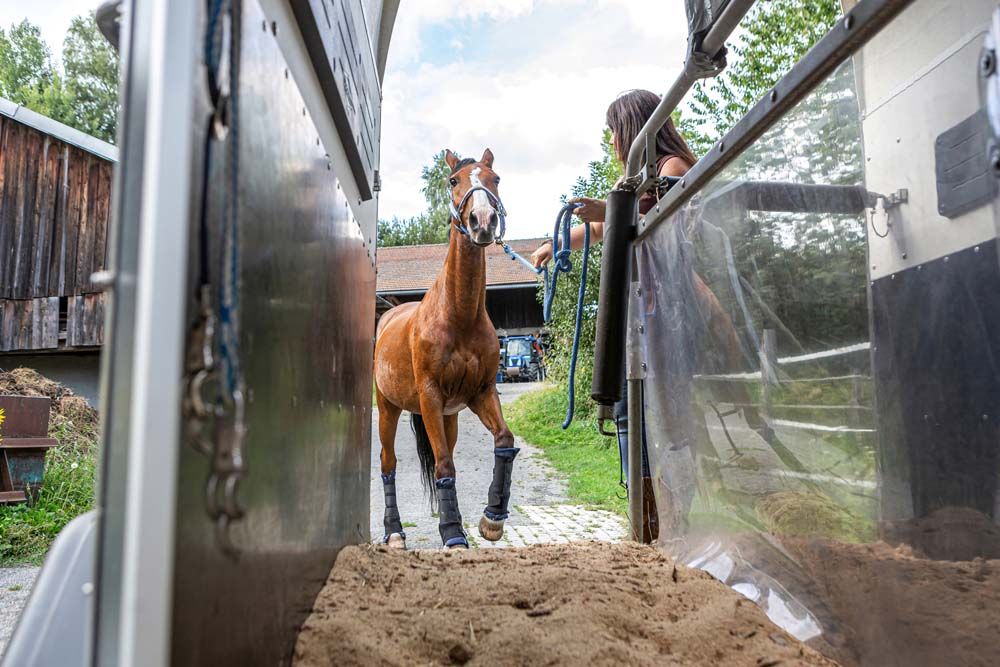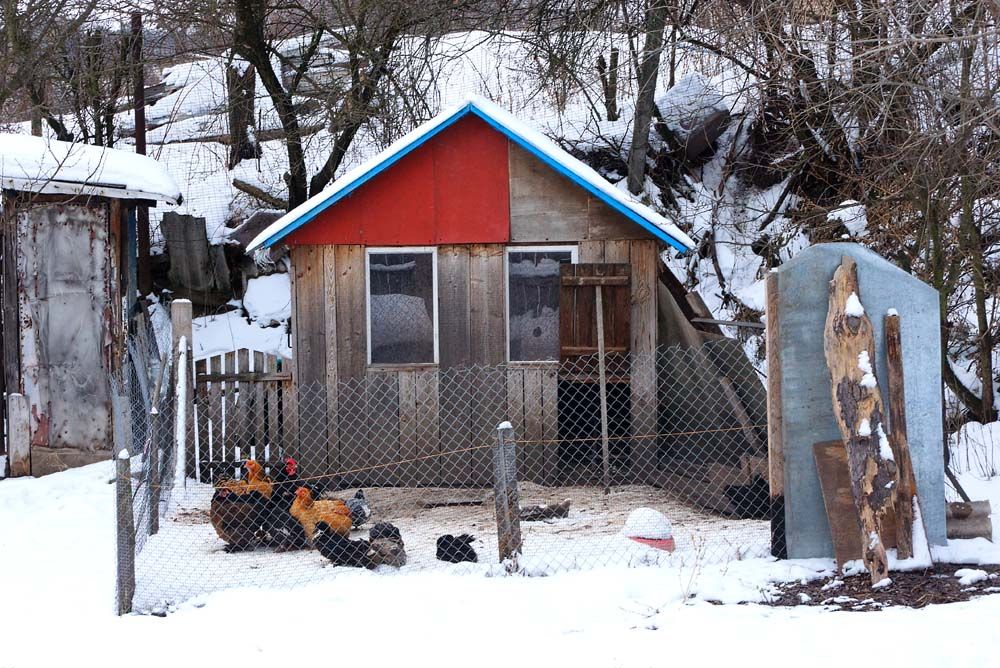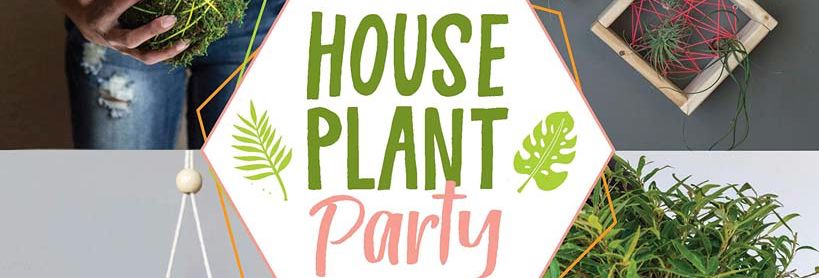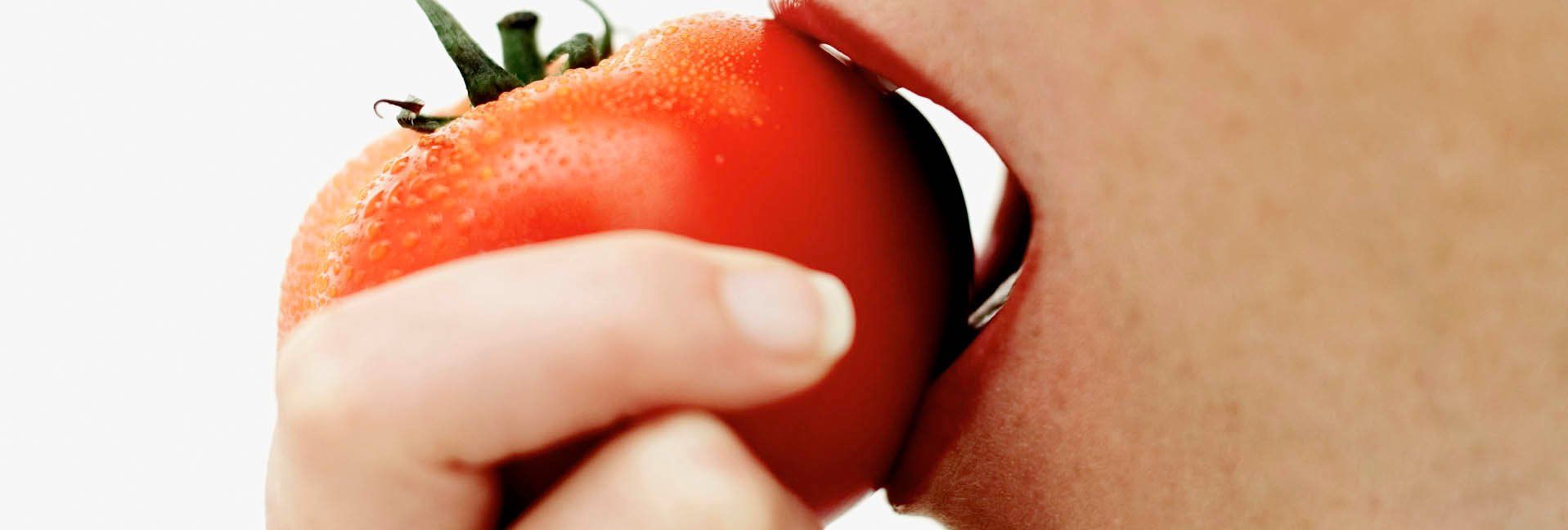3 Easy Ways to Help Mason Bees
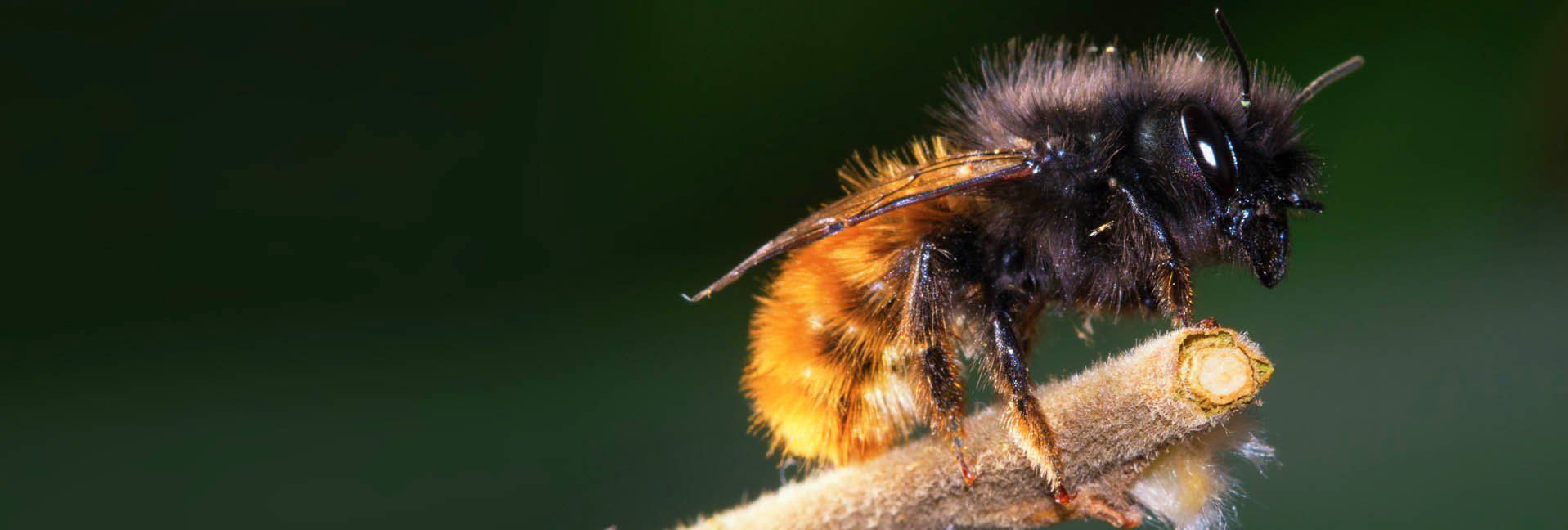

It’s clear these days that pollinators like bees need our help. Maybe you haven’t yet made the leap into beekeeping, but did you know there’s a way to obtain the pollination benefits of bees without becoming a full-fledged keeper of honey bees?
Meet the mason bee.
The mason bee is a native bee, and there’s something you need to understand up front: it does not produce honey. But if your priority involves the crucial pollination of the plants and trees in your orchard and garden, the mason bee is more than willing to help.
Here are three easy ways to encourage these beneficial bees to take up residence at your residence.
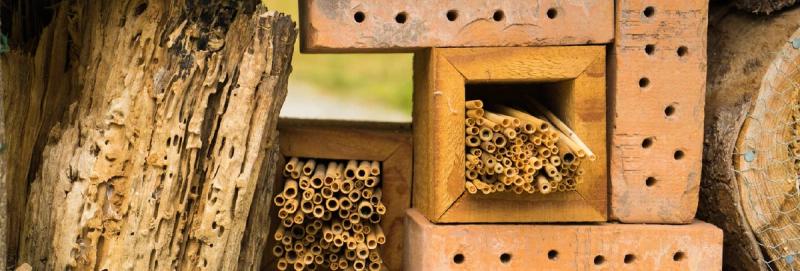
If you build it…
Unlike honey bees, which live harmoniously in vast colonies of thousands of bees, mason bees are known as “solitary insects” and they do not live in social groups.
So, a typical honey bee hive with boxes and frames won’t draw them. Instead, mason bees require a completely different habitat.
Female mason bees look for holes, cracks, and crevices, which they proceed to plug with mud and fill with eggs. They also leave behind a pollen supply for the future use of the larvae, and then they plug the other end of the hole and continue on.
The bees can locate suitable natural holes on their own, but you can give them a helping hand by providing a mason bee lodge with premade holes of the ideal size—about 5/16ths of an inch in diameter and around six inches long. If the diameters are much larger or smaller, the mason bees may not utilize them. Also, the length of the holes is important, as mason bee females lay male eggs towards the entrance of the hole, and female eggs further in the back. Six inches is about the right length—if it’s much shorter than this, the bees may not lay an equal ratio of male and female eggs.
A different choice is to build a birdhouse-type structure and fill it with parchment paper tubes (either store bought or homemade) of the correct diameter; the paper tubes are disposable and can be replaced each year. You can also use paper tubes as liners for holes in wood blocks in the same way.
You can purchase a mason bee lodge at a garden supply center or other retailer, or you can make your own—it’s a quick and easy DIY project.
Be sure to place your mason bee lodge in a somewhat sheltered location around your farm or garden
Make mud
Mason bees need mud with which to seal their egg-filled holes. So if mud isn’t readily available near your garden or orchard, the bees might not be as inclined to reside in the area. If you’re serious about attracting mason bees, you’ll want to provide them with a suitable source of mud. Ideally, the mud source will have some clay mixed in, and be in a reliably wet location.
If your location doesn’t have a natural mud source, create your own by making a trench or a box of mud and maintaining the proper moisture. You can also purchase bags of “mud mix” that creates a clay-type mud and is designed to suit mason bees.
Mason bees are usually gentle, and don’t often resort to using their stingers
Plant flowers
So you’ve built the finest mason bee lodge and outfitted it with a state-of-the-art mud source, but if the bees don’t have access to a wide variety of flowers from which to gather pollen, they won’t be attracted to your area in the first place.
Mason bees are noted for the astounding number of flowers and blossoms they can pollinate in a single day. The blossoms of fruit trees are a favorite with mason bees, which is good news for orchard owners, but mason bees are also fond of berry blossoms (strawberries, raspberries) and dandelions.
Choose flower varieties that naturally bloom in the weeks after fruit tree blossoms fade away; this gives the mason bees a continual source of pollen and nectar even after the fruit trees are finished blossoming for the year.
About native bees
There are 4,000 species of native bees in the US; none make honeyAbout 90% of the 4,000 bees are gentle and don’t want to stingAbout 1,000 bee species nest in holes
For more information:
Is it a native bee?
www.bugguide.net
Join the Native Bee Network
www.crownbees.com/native-bee-network
Learn how to protect insect habitats
www.xerces.org
Tags:Garden & Landscape

Acreage Life is part of the Catalyst Communications Network publication family.






